Destructive chewing is a common issue faced by many dog owners. It’s a behavior that can lead to damaged furniture, ruined personal items, and significant stress within the household. However, it’s important to remember that chewing is a natural and necessary activity for dogs. It helps them keep their jaws strong, their teeth clean, and it provides mental stimulation. The key is to distinguish between normal, healthy chewing and destructive chewing behavior.
Understanding the underlying causes and implementing effective techniques can transform this potentially frustrating habit into a positive activity for your dog. This article will guide you through various strategies to curb destructive chewing, ensuring harmony in your home and a happier, healthier pet.
Understanding Why Dogs Chew
Chewing is an instinctual behavior for dogs, deeply ingrained in their nature. It serves several essential purposes:
- Teething in Puppies: Just like human infants, puppies chew to relieve the discomfort of teething. As their adult teeth come in, chewing helps to alleviate sore gums.
- Exploration: Dogs explore their world with their mouths. Chewing allows them to learn about different textures and tastes, and understand their environment.
- Natural Instinct: In the wild, chewing is a necessary behavior for dogs to eat and hunt. Domestic dogs retain this instinct.
- Stress Relief and Boredom: Chewing can be a coping mechanism for anxiety or stress. It’s also a way for dogs to entertain themselves when they’re bored or lack sufficient physical and mental stimulation.
- Dental Health: Regular chewing helps keep a dog’s teeth clean by scraping away plaque and tartar.
Understanding the natural reasons for chewing is the first step in addressing destructive chewing behavior. By recognizing the difference between normal and problematic chewing, owners can more effectively guide their pets towards appropriate chewing habits.
Common Causes of Destructive Chewing
Destructive chewing in dogs can be frustrating for owners, but it’s often a symptom of underlying issues. Identifying these causes is crucial for effectively addressing and modifying this behavior:
- Boredom: Dogs who aren’t given enough physical or mental stimulation may turn to chewing as a way to entertain themselves and alleviate boredom.
- Anxiety and Stress: Dogs experiencing anxiety, including separation anxiety, may resort to chewing as a stress-relief mechanism. This is often seen in dogs left alone for long periods.
- Lack of Training: Some dogs may not have been taught what is acceptable to chew. Puppies, in particular, need to be trained to distinguish between their toys and household items.
- Attention-Seeking: In some cases, dogs learn that chewing inappropriate objects gets them attention from their owners, even if it is negative attention.
- Inadequate Exercise: Especially in high-energy breeds, a lack of sufficient exercise can lead to excessive chewing as a way to expend unused energy.
- Age-Related Factors: While puppies often chew during teething, older dogs might chew due to a decline in cognitive function or out of habit.
Understanding these common triggers can help in formulating an effective strategy to curb destructive chewing. Addressing the root cause, rather than just the symptom, is key to resolving this issue long-term.
Prevention Strategies

Preventing destructive chewing in dogs is often more effective than trying to correct the behavior after it has become a habit. Here are some proactive strategies to help prevent your dog from developing destructive chewing behaviors:
Provide Appropriate Chew Toys
- Variety of Toys: Offer a range of chew toys to keep your dog interested and engaged. Different textures and shapes can make chewing more appealing and fun.
- Rotate Toys: Regularly change the available chew toys to maintain interest.
Dog-Proof Your Home
- Remove Temptations: Keep personal items like shoes, children’s toys, and clothing out of reach.
- Safe Space: Create a dog-safe area or use baby gates to limit access to certain parts of the house when unsupervised.
Supervision and Training
- Watchful Eye: Supervise your dog as much as possible, especially during their puppy phase or when they are new to your home.
- Teach What’s Allowed: Use positive reinforcement to teach your dog what items are okay to chew. Praise them when they chew their own toys.
Exercise and Mental Stimulation
- Regular Exercise: Ensure your dog gets enough physical exercise appropriate for their breed and age.
- Mental Stimulation: Engage your dog’s mind with puzzle toys, training sessions, and interactive play.
Routine and Structure
- Consistent Schedule: Stick to a regular routine for feeding, walks, playtime, and quiet time. A structured day can reduce anxiety and boredom.
Redirecting Chewing
- Intervention: If you catch your dog chewing something inappropriate, calmly interrupt them and offer an acceptable chew toy instead.
Implementing these preventive strategies can significantly reduce the likelihood of destructive chewing behavior developing. Creating a stimulating environment, coupled with training and attention, will direct your dog’s natural chewing instincts in a positive direction.
Training Techniques to Discourage Chewing
Effective training is essential in curbing destructive chewing in dogs. These techniques focus on redirecting your dog’s chewing behavior to appropriate items, reinforcing positive habits, and establishing clear boundaries.
Positive Reinforcement
- Reward Appropriate Chewing: When your dog chews on their toys, offer praise, affection, or treats. Positive reinforcement makes them more likely to repeat this desirable behavior.
- Ignore Inappropriate Chewing: Instead of scolding, calmly redirect your dog to an appropriate chew toy. Once they switch to the toy, offer praise.
Redirection and Distraction
- Provide Alternatives: If you catch your dog chewing on something they shouldn’t, offer them an acceptable chew toy instead.
- Distract with Activities: Engage your dog in a different activity like a game or a training session when they start to chew inappropriately.
Consistent Training
- Set Boundaries: Consistently enforce rules about what is and isn’t allowed to be chewed. Mixed signals can confuse your dog.
- Routine Training Sessions: Regular, short training sessions can reinforce what you’ve taught your dog about chewing.
‘Leave It’ Command
- Teach ‘Leave It’: This command is invaluable in preventing your dog from chewing on inappropriate items. Start by teaching them to leave treats and gradually move to household objects.
- Reinforce the Command: Regularly practice ‘Leave It’ in different settings and with various items to strengthen understanding.
Professional Help
- Seeking Assistance: If your dog’s chewing habit persists despite your efforts, consider enlisting the help of a professional dog trainer or behaviorist. Sometimes, expert intervention can make a significant difference.
Training to curb destructive chewing requires patience and consistency. Remember, dogs learn best through positive reinforcement and clear communication. Through effective training techniques, you can guide your dog towards healthier chewing habits.
Dealing with Separation Anxiety
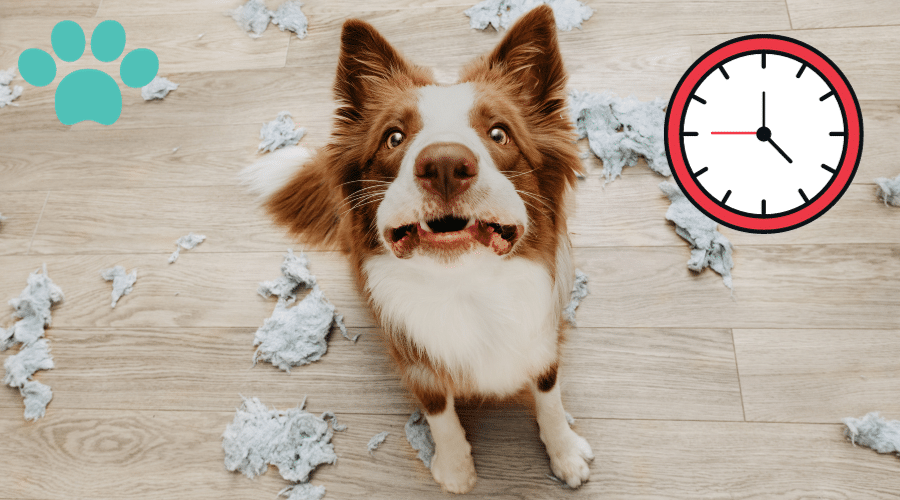
Separation anxiety is a common trigger for destructive chewing in dogs. When left alone, dogs with separation anxiety may chew excessively as a coping mechanism. Addressing this underlying cause is crucial for resolving such destructive behaviors.
Identifying Separation Anxiety
- Signs of Anxiety: Look for other symptoms of separation anxiety, such as whining, barking, pacing, or destructiveness when left alone.
- Behavioral Patterns: Notice if the chewing occurs mainly in your absence, which is a strong indicator of separation anxiety.
Creating a Safe and Comforting Environment
- Safe Space: Designate a comfortable area in your home where your dog feels secure, like a crate or a special room.
- Comfort Items: Leave items that have your scent, such as an old t-shirt, along with their favorite toys, to comfort your dog in your absence.
Gradual Desensitization
- Short Absences: Start by leaving your dog alone for very short periods and gradually increase the time as they become more comfortable.
- Calm Departures and Arrivals: Avoid overly emotional greetings or farewells, as this can heighten anxiety.
Exercise and Stimulation
- Physical Exercise: Ensure your dog gets plenty of exercises before you leave. A tired dog is less likely to feel anxious and engage in destructive chewing.
- Mental Stimulation: Provide interactive toys or puzzles that keep your dog mentally engaged while you are away.
Professional Help
- Behavioral Training: Consider working with a professional dog trainer or behaviorist who specializes in separation anxiety.
- Veterinary Consultation: In severe cases, consult with your veterinarian. They may recommend medication or specific behavioral therapies.
Addressing separation anxiety requires patience and often a multi-faceted approach. By combining a comforting environment, appropriate mental and physical stimulation, and professional guidance, you can help alleviate your dog’s anxiety and the resulting destructive chewing behavior.
Interactive Play and Mental Stimulation
Engaging your dog in interactive play and providing mental stimulation is key to preventing boredom, one of the common causes of destructive chewing. A mentally stimulated dog is less likely to seek out inappropriate items to chew on.
Interactive Play
- Regular Playtime: Dedicate time each day to play with your dog. Interactive games like fetch, tug-of-war, or hide-and-seek encourage mental engagement and physical activity.
- Training Sessions: Incorporate training into playtime. Teaching new tricks or practicing old ones is a great way to mentally stimulate your dog.
Mental Stimulation Toys
- Puzzle Toys: Use toys that challenge your dog mentally. Treat-dispensing toys or puzzles that require problem-solving can keep them occupied and satisfied.
- Rotating Toys: Keep your dog interested by rotating the toys available to them. Familiarity can lead to boredom, so a fresh selection of toys can be very stimulating.
Environmental Enrichment
- New Experiences: Regularly introduce your dog to new environments and experiences. Walks in different areas, meeting new people and dogs, or even trying out new games can be very stimulating.
- Sensory Stimulation: Consider elements like scent trails or different textures in your yard or play area to engage different senses.
Social Interaction
- Playdates: If your dog is sociable, arrange playdates with other dogs. Interaction with their peers can be an excellent source of mental and physical stimulation.
- Group Activities: Participate in group training classes or dog sports like agility or obedience trials for social and mental engagement.
Interactive play and mental stimulation are not only essential for preventing destructive behavior but also for nurturing a well-rounded and happy dog. By keeping your dog’s mind engaged and active, you reduce the likelihood of them turning to destructive chewing as a source of entertainment.
When to Seek Professional Help
Sometimes, despite your best efforts, your dog’s destructive chewing may persist, indicating a deeper underlying issue that requires professional intervention. Knowing when to seek help is crucial in effectively addressing the problem.
Persistent Destructive Behavior
- Unchanged Habits: If your dog continues to engage in destructive chewing despite trying various training techniques and environmental changes, it may be time to consult a professional.
- Escalation: If the chewing behavior worsens or becomes more frequent, professional advice can help identify and address the root cause.
Professional Resources
- Veterinarians: Your first point of contact should be your veterinarian. They can rule out any medical issues contributing to the behavior and may offer nutritional advice or suggest environmental modifications.
- Dog Behaviorists: A certified dog behaviorist specializes in understanding and modifying canine behavior. They can provide personalized training strategies and behavior modification plans.
- Professional Dog Trainers: Experienced dog trainers can offer practical training tips and hands-on guidance to curb destructive chewing.
Signs That Professional Help is Needed
- Self-Harm: If your dog’s chewing leads to injuries or damage to their teeth and gums, immediate professional intervention is necessary.
- Anxiety and Stress Indicators: Excessive panting, drooling, or signs of distress accompanying the chewing behavior may indicate anxiety-related issues that require a specialist’s attention.
Seeking professional help is not a sign of failure but a proactive step towards ensuring your dog’s health and happiness. Professionals can provide valuable insights and customized approaches that might be more effective in addressing your dog’s specific needs.
Conclusion
In summary, effectively managing and curbing destructive chewing in dogs is about understanding their needs and responding with appropriate strategies. Whether it’s through providing suitable chew toys, engaging in regular play, or seeking professional help, each step plays a vital role in addressing this common canine behavior. With patience, consistency, and a tailored approach, you can guide your dog towards healthier chewing habits, ensuring their well-being and safeguarding your home from chew-related damage.

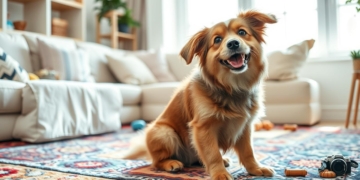
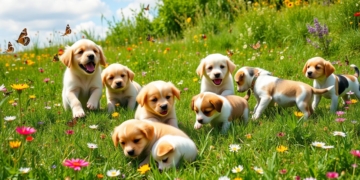
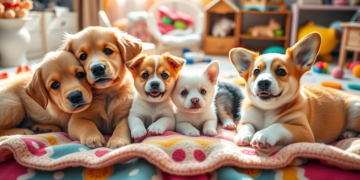
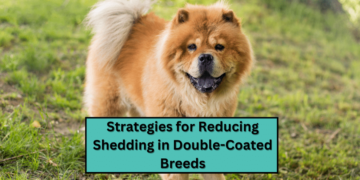


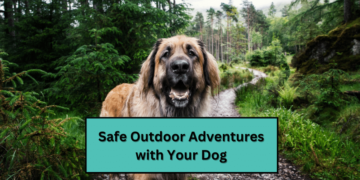
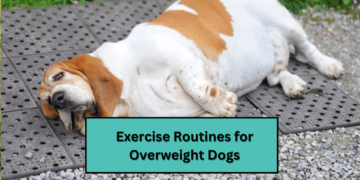
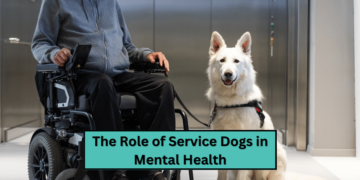
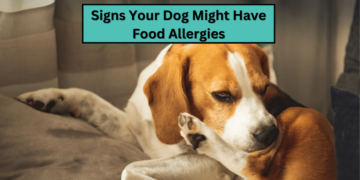

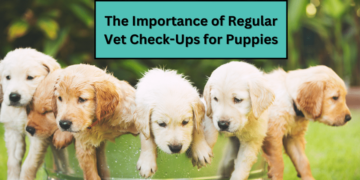
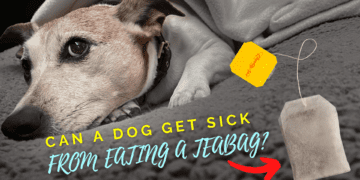

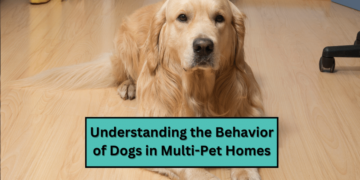
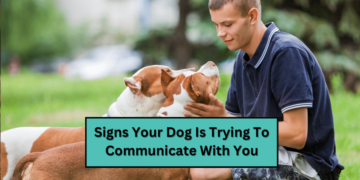
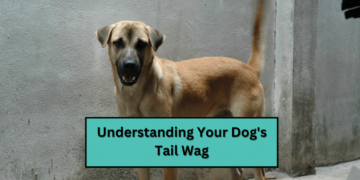
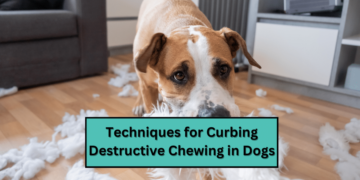
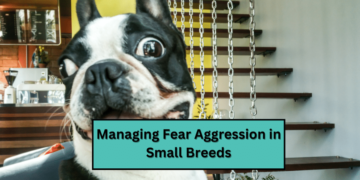
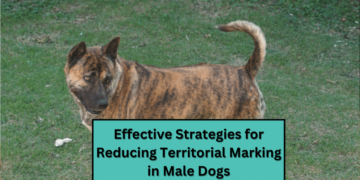
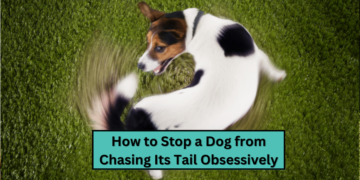
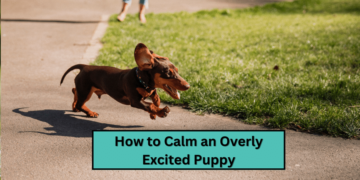
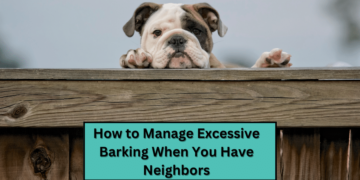


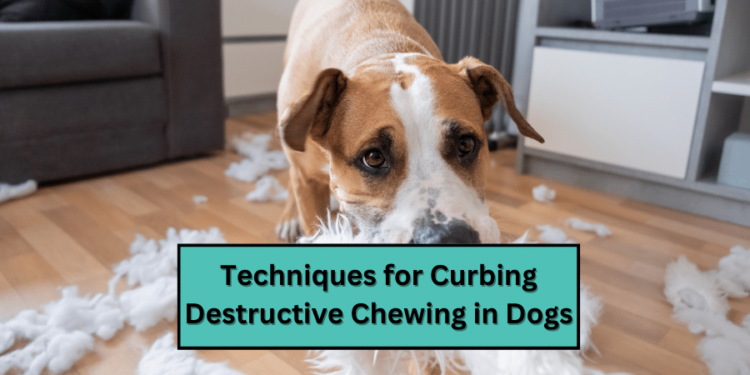
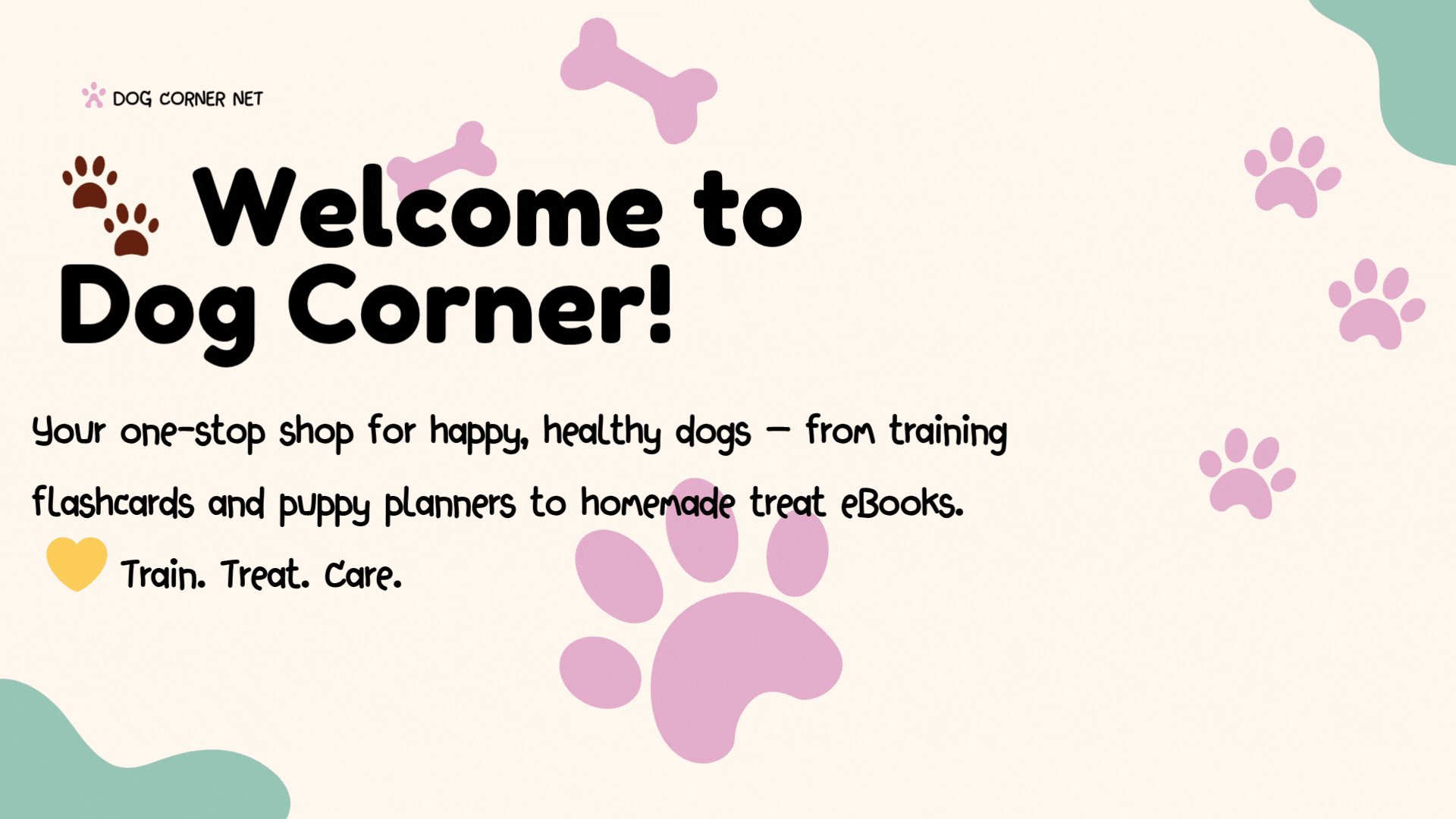
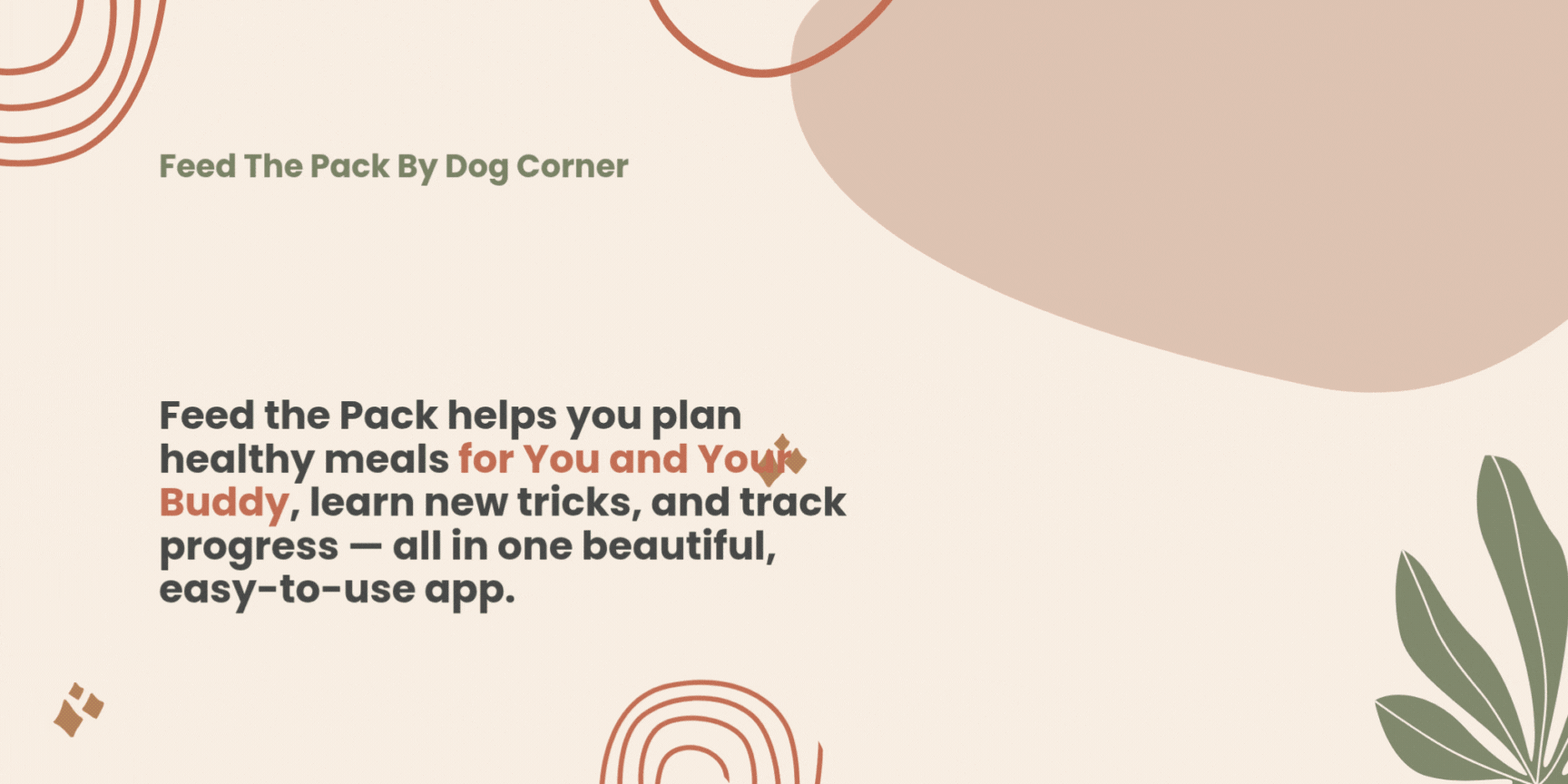





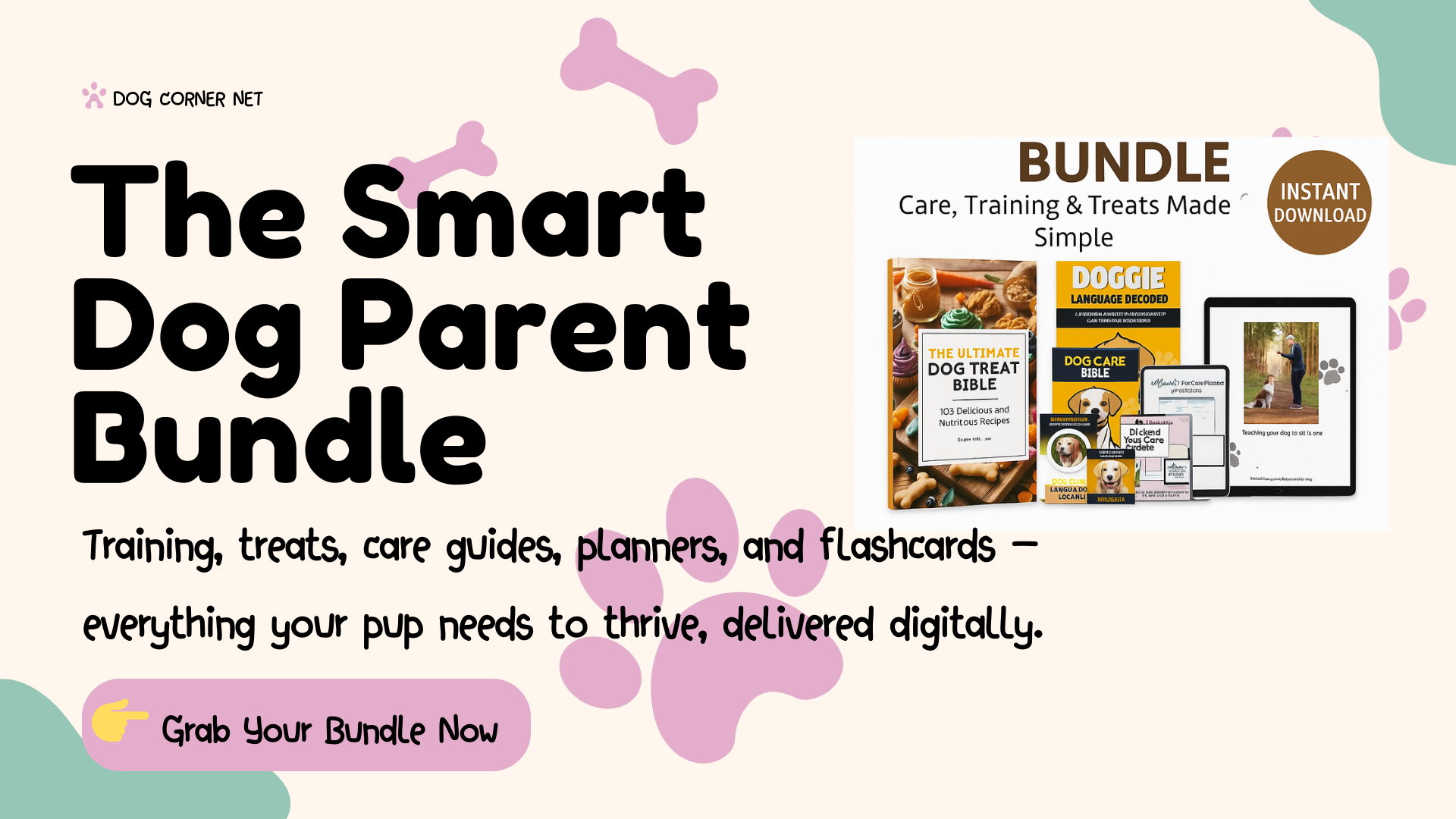
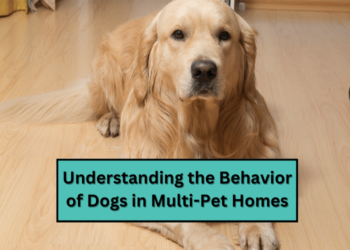
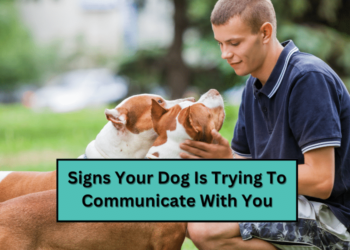
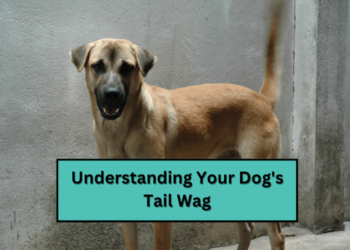
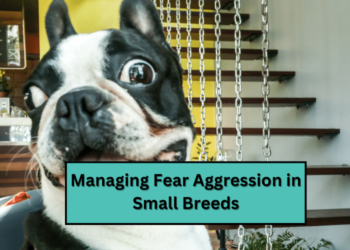

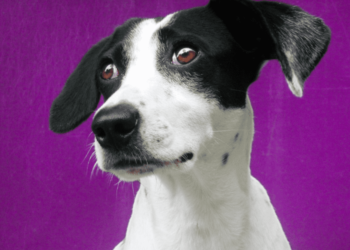











Discussion about this post